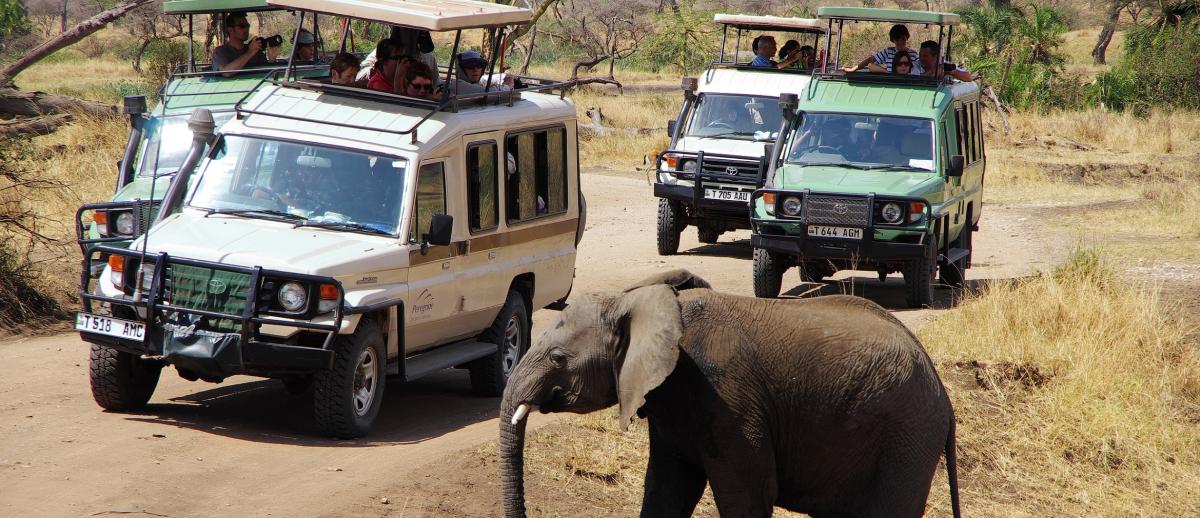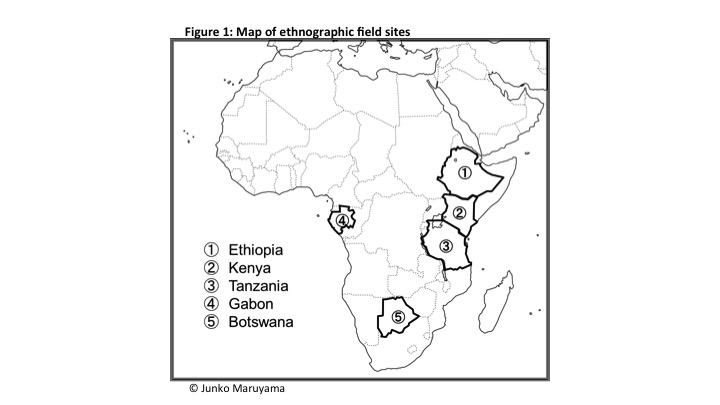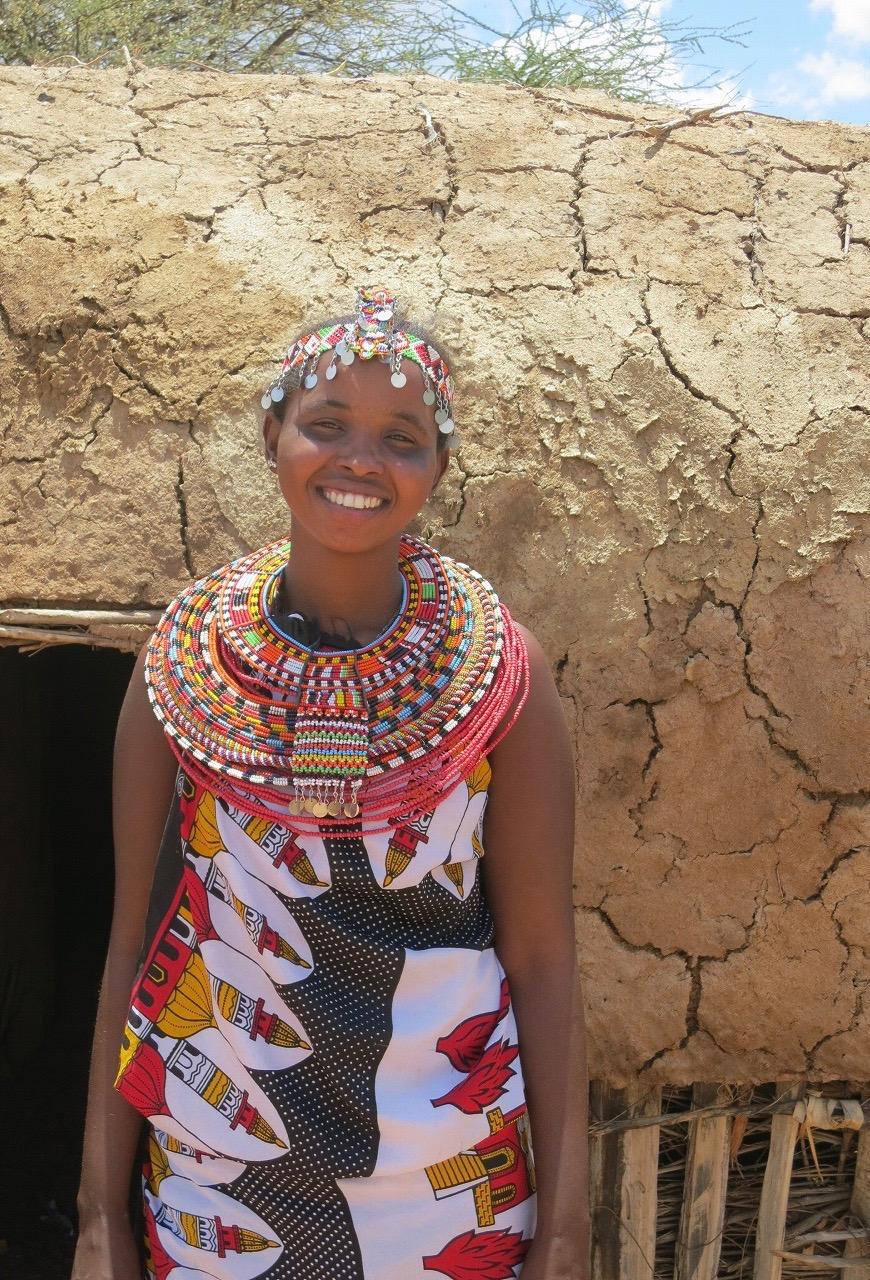Tourism, Capital, and Livelihoods in Africa
archive


safari tourists in Serengeti National Park, Tanzania. Photo credit: Toshio Meguro
Tourism, Capital, and Livelihoods in Africa
Few economic sectors in Africa enjoy the attention that tourism does, at least from the vantage point of global institutional and national policymakers. Entities such as the World Bank1 and the United Nations World Tourism Organization2 are among the powerful propagators of the view that tourism can help address some of Africa’s most pressing socioeconomic challenges, while many African governments now also advocate the benefits of tourism and accordingly develop bespoke policies. It is argued that tourism can help better link marginalized African economies to the international system, generating new revenue that stimulates economic growth, thus arresting unemployment and cycles of poverty. With its comparatively lower entry costs and backward and forward linkages, tourism is seen as something that can foster quicker returns than for instance mining or manufacturing, thereby promising broad-based development.
The discourse around the potentials of tourism in Africa is both celebratory and cautious. On the one hand, proponents draw attention to the sustained expansion of the continent’s tourist sector over the past decades. In 1990, for instance, international tourist arrivals to the continent numbered 14.8 million. By 2016 the continent saw 57.8 million international arrivals.3 It is useful to place this in perspective. While there have been significant increases—with year-on-year growth in tourist arrivals sometimes above the world average—the African continent held around five percent of world market share in 2016, the smallest tourism economy on the globe (world tourist arrivals for that year was 1.3 billion).4 Thus while advocates proclaim tourism’s growth potential in Africa, others draw attention to tourism’s pitfalls. These include the fact that the sector is vulnerable to external shocks such as conflict or volatile international markets, that it could enhance, rather than reduce dependency, particularly for smaller countries, and could, if driven on a model of enclave development, have negative consequences that outweigh any benefits. Africa’s poor infrastructure and comparatively low level of internal connectedness, the continent’s largely negative international image, and institutional conditions such as weaker administrative and marketing capacities, are also said to be obstacles to tourism development.5
As the figures above indicate, Africa lies largely on the periphery of world tourism. It is also not commonly associated with mass tourism. Rather, Africa is typically visited for its animals, landscapes, and to a lesser extent its people. The African tourist product blends commoditized, even stylized, versions of nature and culture. This product contains representations of the continent’s nature and people that center on their distinctiveness (or uniqueness) and pristineness (untainted by modernity), and hence their authenticity6 and exoticism. Important for African tourism are therefore things built around the continent’s singular qualities, typically wildlife (or safari) tourism, eco-tourism, cultural tourism (also sometimes called ethnic or Indigenous tourism), and in more recent years, community-based tourism, mainly in or around nature conservation areas.
There is a large body of research from different disciplinary perspectives on the merits and demerits of these forms of tourism for African development. Indeed, the continent can be seen as an experimental ground for many of the key ideas around nature-based, alternative, and sustainable tourism that have become popular in recent decades.7 The themes and issues identified in the research are strikingly similar across diverse locations on the continent. They include questions about ownership (whether local African communities truly ‘own’ the tourist product they are supposed to participate in and sell), representation (how Africans are imaged through such tourism and the stereotypes that are perpetuated as a result), and power (who the decisionmakers and gatekeepers are at the local level and beyond).
Africa is typically visited for its animals, landscapes, and to a lesser extent its people. The African tourist product blends commoditized, even stylized, versions of nature and culture.
In nearly all cases it is shown that alternative tourism in Africa, whether of the nature-based or cultural/ethnic or community-based variety, can be both empowering and disempowering for locals. These tourism forms can create but also take away opportunities, and while they can help address some of the continent’s challenges, they should not be seen as a panacea for poverty reduction.8
A central framework in anthropological research on African tourism considers the host-guest relationship,9 drawing attention to the subjectivities involved in tourism interaction. Key concepts emphasized in this framework include, following John Urry, the ‘tourist gaze’—the power-laden ways in which tourists visually consume the places and people they visit10—and, following Dean MacCannell,11 the way in which hosts, seeking to satisfy their visitors’ demand for cultural difference, offer a ‘staged authenticity,’ a performance of their culture. On this basis Africa continues to be represented as ‘the archetypal other’12 where international tourists can attempt to refashion lost bonds with nature and the environment. Different players—tour operators, multinational companies, international non-governmental organisations, but also local policymakers and business groups—perform key roles in constructing a tourism space skewed towards the interests and values of the tourist.13 At the same time, as Keyan Tomaselli14 reminds us, African hosts do exercise agency in their interaction with visitors in various ways, sometimes manipulating that interaction or sometimes actively subverting the meanings around external representations of them.
In this series of global-e we engage with the established ideas from the literature, but from a different vantage point. First, most studies of African tourism, including the critical, agent-centric scholarship, focus on the experiences of the visitor to the continent. These studies cast a deeper light into the subjectivities of tourism and critically reflect on the power dynamics involved in the creation of the African tourism space, yet tell surprisingly little of the African participant, particularly in the voice of African hosts. The articles in this global-e series, based on multiple years of ethnographic research, present cases of nature-based (eco-) and cultural tourism that span East, Central, and Southern Africa (see Figure 1).

The cases presented deliberately foreground the African participants and place the tourists (from various parts of the Global North) in the shadows (Figures 2 and 3). As illustration, one case study recounts how ‘Maasai’ women in ‘indigenous’ cultural villages in Kenya use their life stories as tourism commodity, while another shows how local communities in Tanzania’s Serengeti view and engage with the animals they should co-exist with in wildlife conservancies and what wildlife tourism means for the locals. Another case explores how and why San communities in Botswana participate in (and sometimes exit) the ‘Bushman tourism’ projects initiated by local white farmers.

Figure 2: tourist enjoys 'Bushman tourism' in Botswana. Photo credit: Junko Maruyama
Second, we place the tourist spaces examined in the articles in their broader local, domestic, policy, and developmental contexts. The case studies discuss regions that, while in some regards are well-known as conservation areas (such as the Serengeti) or had been made world famous by literary works (such as the Maasailand or the Kalahari), had largely been isolated from their countries’ rapidly growing urban centers and been too distant to draw big capital’s interest. Several factors have changed this in recent years. These include the spill-over effects of new (often China-funded) infrastructure development now reaching remoter rural areas, and a changing mindset among central government policymakers, influenced by international institutional discourse and aided by private capital, who look to these areas as developable, commoditizable, and gentrifiable. Cut off from globalization for a long time, once remote communities, as those discussed in the articles, are for both public and private actors a next frontier for capitalist development.

Figure 3. Woman in Kenya.
Photo credit: Kyoko Nakamura
Yet it is important to emphasize that tourism is only one part of African development projects, and therefore only one part of African participants’ lives. While most tourism studies, particularly those framed in the host-guest paradigm, focus only on the tourism space and speculate about African livelihoods through hosts’ interaction with tourists, we try to shed light on African agency in their broader life patterns. Through this approach the articles demonstrate that African participants make pragmatic choices in respect to tourism, opting to move in and out of the sector based on their perceptions of the opportunities tourism gives. There is a marked degree of flexibility and fluidity in Africans’ tourism participation in all the case studies, and this is mostly the result of individuals’ agency.
Third, following from this, the articles illustrate how tourism and the livelihoods generated from—and disrupted by—it are part of different structures of capital and power that filter down and up, shaping communities in various ways. Global capital gains presence in remote areas because of tour operators, marketers and tech-savvy domestic (often white) entrepreneurs who run operations at the local level. At the same time, tourist revenue generated through camp, lodge, or field tour fees create new income for the local communities. Some of this income may stay and circulate in the district, but sometimes there is attrition as locals use the money to buy goods from neighboring districts. Tourism capital has an ambiguous, sometimes even distorting, presence in the livelihoods of the African participants discussed in the case studies.
In all, the cases show that, viewed from the perspective of African participants, there are different understandings about and expectations regarding development. There are also different ideas and aspirations around tourism as an expression of modernity. From the vantage point of African participants, tourism might not be considered a panacea, but more flexibly, as a ‘good (enough) supplement’ for the moment.15
1. World Bank (2011). Africa Region Tourism Strategy: Transformation through Tourism. Harnessing Tourism for Growth and Improved Livelihoods. Washington DC: The World Bank.
2. World Tourism Organization (2015). Affiliate Members Regional Reports, Volume Four - Tourism in Africa: A Tool for Development. Madrid: UNWTO.
3. World Tourism Organization (2017). UNWTO Tourism Highlights 2017 Edition. Madrid: UNWTO.
4. Ibid.
5. Ashley, C. & Roe, D. (2002). ‘Making tourism work for the poor: strategies and challenges in Southern Africa,’ Development Southern Africa, 19:61-82; Gerosa, V. (2003). Tourism and Trade in Africa: How to Benefit from the Doha Round of Multilateral Negotiations. Geneva: United Nations Commission for Africa.
6. MacCannell, D. (1973). ‘Staged authenticity: On arrangements of social space in tourist settings’, American Journal of Sociology, 79, 589-603.
7. See overview in Cornelissen, S. (2005). The Global Tourism System: Governance, Development and Lessons from South Africa, Aldershot, UK: Ashgate, pp. 18-25.
8. Roe, D.; Goodwin, H. and Ashley, C. (2004). ‘Pro-poor Tourism: Benefitting the Poor,’ in T. Singh (ed.) New Horizons in Tourism: Strange Experiences and Stranger Practices. Oxford: CABI Publishing; Salazar, N.B. (2012). ‘Community-based cultural tourism: Issues, threats and opportunities,’ Journal of Sustainable Tourism, 20, 1: 9-22; Rogerson, C. And G. Visser (eds.) Tourism and Development: Issues in Contemporary South Africa. Pretoria: Africa Institute of South Africa.
9. Smith, V.L. (ed.) (1977). Hosts and Guest: The Anthropology of Tourism. Philadelphia: University of Pennsylvania Press.
10. Urry, J. (1990). The Tourist Gaze: Leisure and Travel in Contemporary Societies. London: Sage.
11. MacCannell, 1973, op cit.
12. Bruner, E. (1991). ‘Transformation of self in tourism,’ Annals of Tourism Research, 18: 238-250.
13. Van Beek, W. and A. Schmidt (eds.) (2012). African Hosts and their Guests. Suffolk: James Currey.
14. Tomaselli, K. (2017). ‘Picking on the poor: the contradictions of theory and neo-liberal critique. A response to Stasja Koot's paper on the contradictions of capitalism for Indigenous tourism in the South African Kalahari’, Journal of Sustainable Tourism, 25:8, 1182-1196.
15. Cited in study by Toshio Meguro, Hiroshima City University, ‘Meanings of neoliberal tourism development: The case of “tourism conservation enterprises” in Kenya’s Maasailand.’




